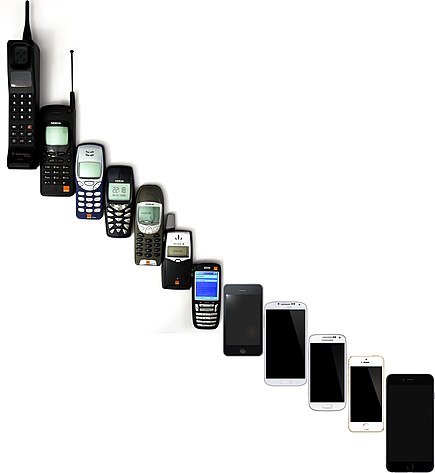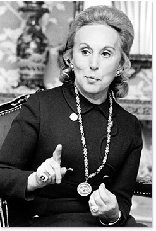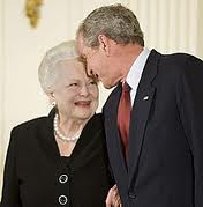
A mobile phone, cellular phone, cell phone, cellphone, handphone, hand phone or pocket phone, sometimes shortened to simply mobile, cell, or just phone, is a portable telephone that can make and receive calls over a radio frequency link while the user is moving within a telephone service area. The radio frequency link establishes a connection to the switching systems of a mobile phone operator, which provides access to the public switched telephone network (PSTN). Modern mobile telephone services use a cellular network architecture and, therefore, mobile telephones are called cellular telephones or cell phones in North America. In addition to telephony, digital mobile phones support a variety of other services, such as text messaging, MMS, email, Internet access, short-range wireless communications (infrared, Bluetooth), business applications, video games and digital photography. Mobile phones offering only those capabilities are known as feature phones; mobile phones which offer greatly advanced computing capabilities are referred to as smartphones.
The development of metal-oxide-semiconductor (MOS) large-scale integration (LSI) technology, information theory and cellular networking led to the development of affordable mobile communications. The first handheld mobile phone was demonstrated by John F. Mitchell and Martin Cooper of Motorola in New York City in 1973, using a handset weighing c. 2 kilograms (4.4 lbs). In 1979, Nippon Telegraph and Telephone (NTT) launched the world's first cellular network in Japan. In 1983, the DynaTAC 8000x was the first commercially available handheld mobile phone. From 1983 to 2014, worldwide mobile phone subscriptions grew to over seven billion; enough to provide one for every person on Earth. In the first quarter of 2016, the top smartphone developers worldwide were Samsung, Apple and Huawei; smartphone sales represented 78 percent of total mobile phone sales. For feature phones (slang: "dumbphones") as of 2016, the top-selling brands were Samsung, Nokia and Alcatel.
Mobile phones are considered an important human invention as it has been one of the most widely used and sold pieces of consumer technology. The growth in popularity has been rapid in some places, for example in the UK the total number of mobile phones overtook the number of houses in 1999. Today mobile phones are globally ubiquitous and in almost half the world's countries, over 90% of the population own at least one.
To read a lot more about mobile phones, go here:
https://en.wikipedia.org/wiki/Mobile_phone
These are a real Southern specialty, and if you've never had the chance to try them, you'd better get ready to eat more than one! These Tangy Pickled Eggs are an old-fashioned Southern recipe that is now easy to make at home! Just a few simple steps and simple ingredients and you'll be making Tangy Pickled Eggs in no time!
- 12 eggs
- 3 cups white vinegar
- 1/2 cup water
- 1 garlic clove, thinly sliced
- 2 tablespoons sugar
- 1 tablespoon pickling spice
- 1 teaspoon salt
- 1/2 teaspoon black pepper
- Place eggs in a large saucepan with enough water to cover them; bring to boil over high heat. Remove from heat, cover, and let sit 20 minutes. Drain hot water then run cold water over eggs. Let eggs cool 5 to 10 minutes, then peel. Place in a large canning jar or bowl and set aside.
- In large saucepan over high heat, combine remaining ingredients; bring to boil. Allow to cool slightly then carefully pour mixture over eggs. Cover and chill overnight before serving.
HOW TO OBSERVE
NATIONAL POSTAL WORKER DAY HISTORY
On July 1st, National US Postage Stamp Day recognizes the ease and simplicity with which we can send and receive mail. A stamp represents payment for the delivery of a letter or a package.
The United States issued its first postage stamp on July 1, 1847. At that time, stamps were not required. A letter could be mailed without a stamp and delivery paid for by the recipient. In 1855, the postage stamp became mandatory.
Philately is the study of stamps and postal history. Stamps often have a fascinating history. Everything from the inspiration and the artist to the postal rate in a given year affects the value of a stamp. Collectors look at quality and rarity as well.
While the digital age may have slowed the flow of snail mail, it doesn’t reduce the excitement associated with receiving a letter or a card in the mail. A handwritten note in an envelope with a postage stamp in the corner holds so much more charm than most of the emails people receive. A colorful postcard from an exotic location or missive with crayon-drawn artwork improves one’s day when it comes delivered by a familiar postal worker.
Birthday wishes that come via text message or social media are one thing, but an unexpected delivery through the mail in a bright envelope brings more smiles than all the likes in the world.
HOW TO OBSERVE
Put a stamp on it! Celebrate the day by mailing a letter or postcard to someone you know. Visit the Classroom Pages for a variety of postcards you can download and print. You can also start a stamp collection. If you’re creative, design your own stamp. Post your designs and collections on social media using #USPostageStampDay.
If you mail or ship packages frequently these Digital Scales can help you with more accurate shipping costs.
NATIONAL US POSTAGE STAMP DAY HISTORY
Within our research, we were unable to identify the creator of National U.S. Postage Stamp Day.
US Postage Stamp FAQ
Q. What were the first images on the first postage stamps?
A. Two postage stamps went on sale on July 1, 1847. These first official U.S. postage stamps depicted Benjamin Franklin and George Washington.
Q. What is the cost of a single, first-class postage stamp in the United States?
A. A single, first-class stamp in the United States as of August of 2021 is 58. This stamp will mail a single piece of mail weighing one ounce or less.
Q. Do postage stamps expire?
A. No. But if the stamp’s value is less than the cost to mail the package or letter, you will need to include additional postage.














